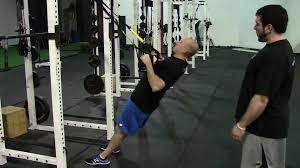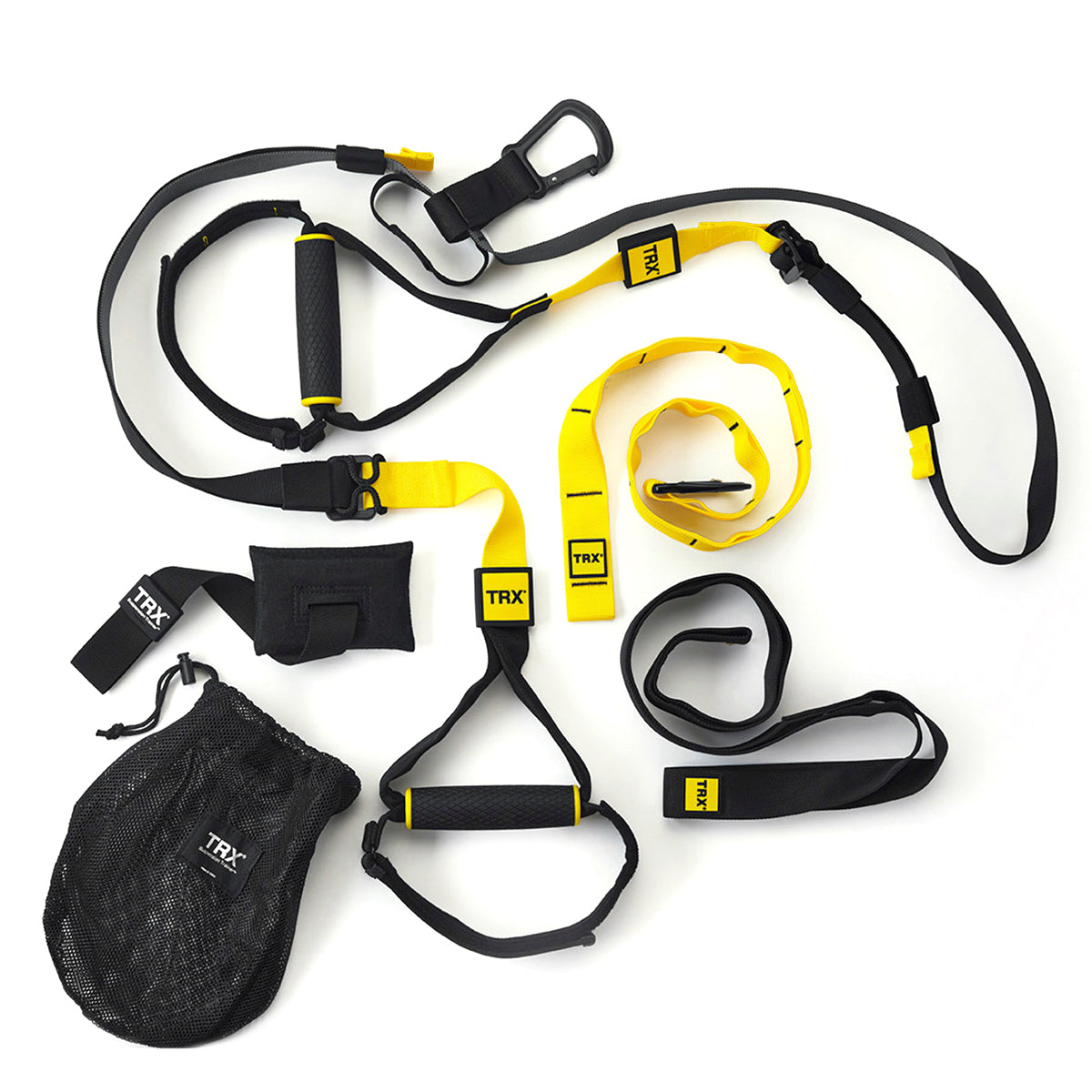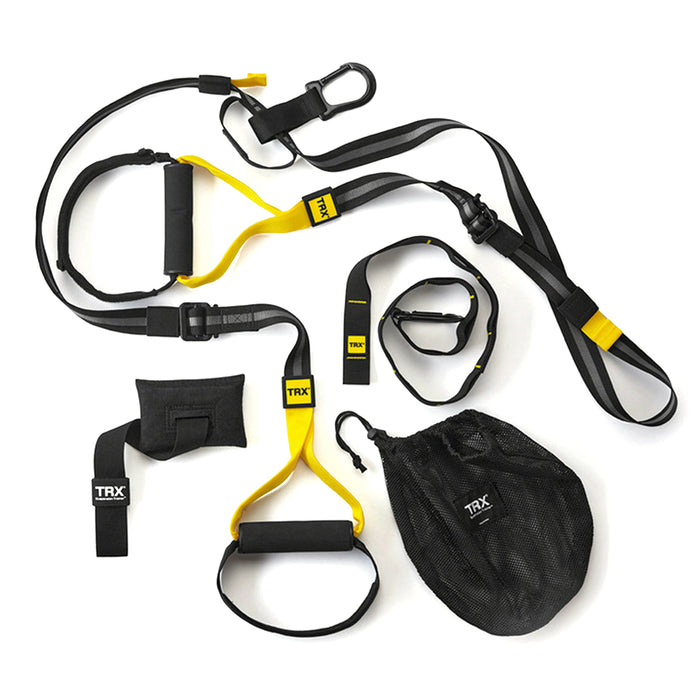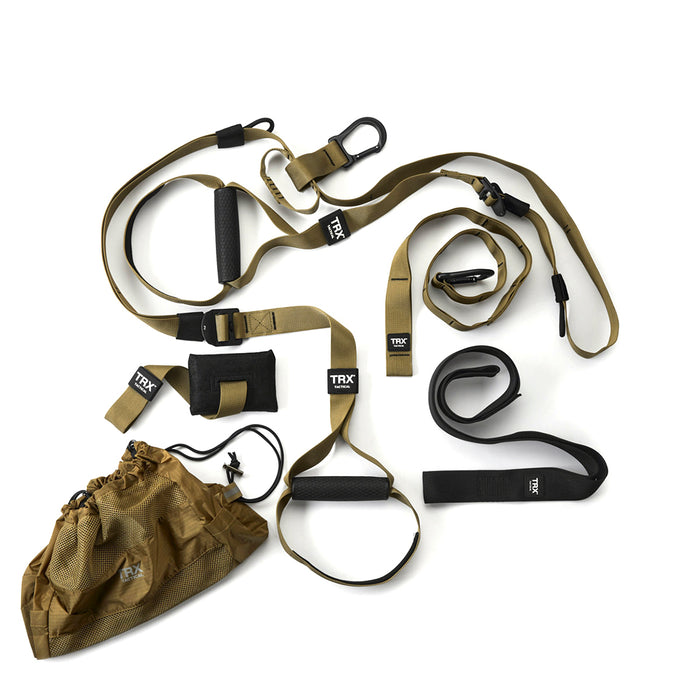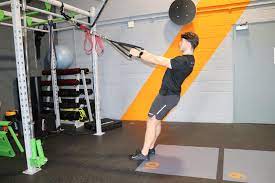1. Do them correctly!
The first progression for most people is to simply perform the exercise with correct technique. The most common errors I see in folks' technique are:
•Forward head posture
•Elbows drifting behind the body (scapula doesn't retract, so the lifter substitutes extra movement of the humerus)
•Hip sagging (the body doesn't stay in a straight line)
If you'd like some quick refreshers on how to make these look good, check out the video above.
2. Change the grip.
Just as we see with pull-up variations, going to a pronated (overhand) grip will increase the difficulty of the TRX Mid Row as compared to neutral (palms facing one another) and supinated (underhand) grips.
3. Try some mechanical advantage drop sets.
While we're on the topic of which grip set-ups are harder than others, we can use this to our advantage to do some drop-off sets. If you're someone who can bang out inverted reps pretty easily and want a crazy challenge, try doing the first half of your set pronated, and then switching to supinated for the second half when you fatigue. I like TRX Suspension Trainer™ variations for this approach, as it's easiest to go pronated, to neutral, to supinated without having to let go of the handle.
4. Add isometric holds at the top.
The top position is without a doubt the most challenging, so you can increase the time under tension - and therefore the difficulty - by adding 1-3 second pauses at the top of each rep.
5. Elevate the feet.
This progression is somewhat "assumed," but most people overlook the fact that you can elevate the feet a lot further than you might think. I like to use the 24" box.
You can also utilize various elevations for mechanical advantage drop sets. Go from a more extreme elevation, to a subtle elevation, to no elevation, and then even to a more upright position to finish things off. A set of 20-25 TRX Mid Rows can be a fantastic finisher.
6. Load with chains.
Chains might be the single greatest luxury but almost never gets in commercial gyms. We're fortunate to have them at Cressey Sports Performance, and they're a complete "game changer" if you can get your hands on them. They're also a great way to add extra load to a TRX Mid Row.
7. Wear a weight vest.
This one seems logical, but there's a problem: there still isn't what I'd consider to be a great weight vest on the market. The heaviest ones are too bulky and always seem to fall apart. The lighter ones are simply too light, and the Velcro straps always seem to stop working in a matter of months of use. If you've got one, by all means, use it.
8. Load with a backpack.
About 5-6 years ago, I bought a Dell computer that came with a padded backpack. The computer was mediocre at best, but the backpack proved to be really useful in the gym! You see, the extra padding made it conducive to adding extra load, as you can slide plates up to 25 pounds (the diameter on anything heavier is too much to fit). Just strap it on your chest.
9. Go to one-arm variations.
You can do one arm at a time, too. In doing so, you add a little more of a challenge to rotary stability of the core. Here's the basic version, although you can expand upon it by adding a reach at the bottom (toward the floor) and top (toward the rack) with the non-working arm.
Rows are a staple exercise, but that doesn't mean that they need to be boring! Try these progressions - and even combine some of them - and you'll find that you're able to include a row variation in just about every strength-training program you complete.
Do your next workout with our TRX equipment:

Eric Cressey is president and co-founder of Cressey Sports Performance, with facilities located in Hudson, MA and Jupiter, FL. A highly sought-after coach for healthy and injured athletes alike, Eric has helped athletes at all levels - from youth sports to the professional and Olympic ranks - achieve their highest levels of performance in a variety of sports. Behind Eric's expertise, Cressey Sports Performance has rapidly established itself as a go-to high performance facility among Boston athletes - and those that come from across the country and abroad to experience CSP's cutting-edge methods. Eric is perhaps best known for his extensive work with baseball players, with more than 100 professional players traveling to train with him each off-season.

